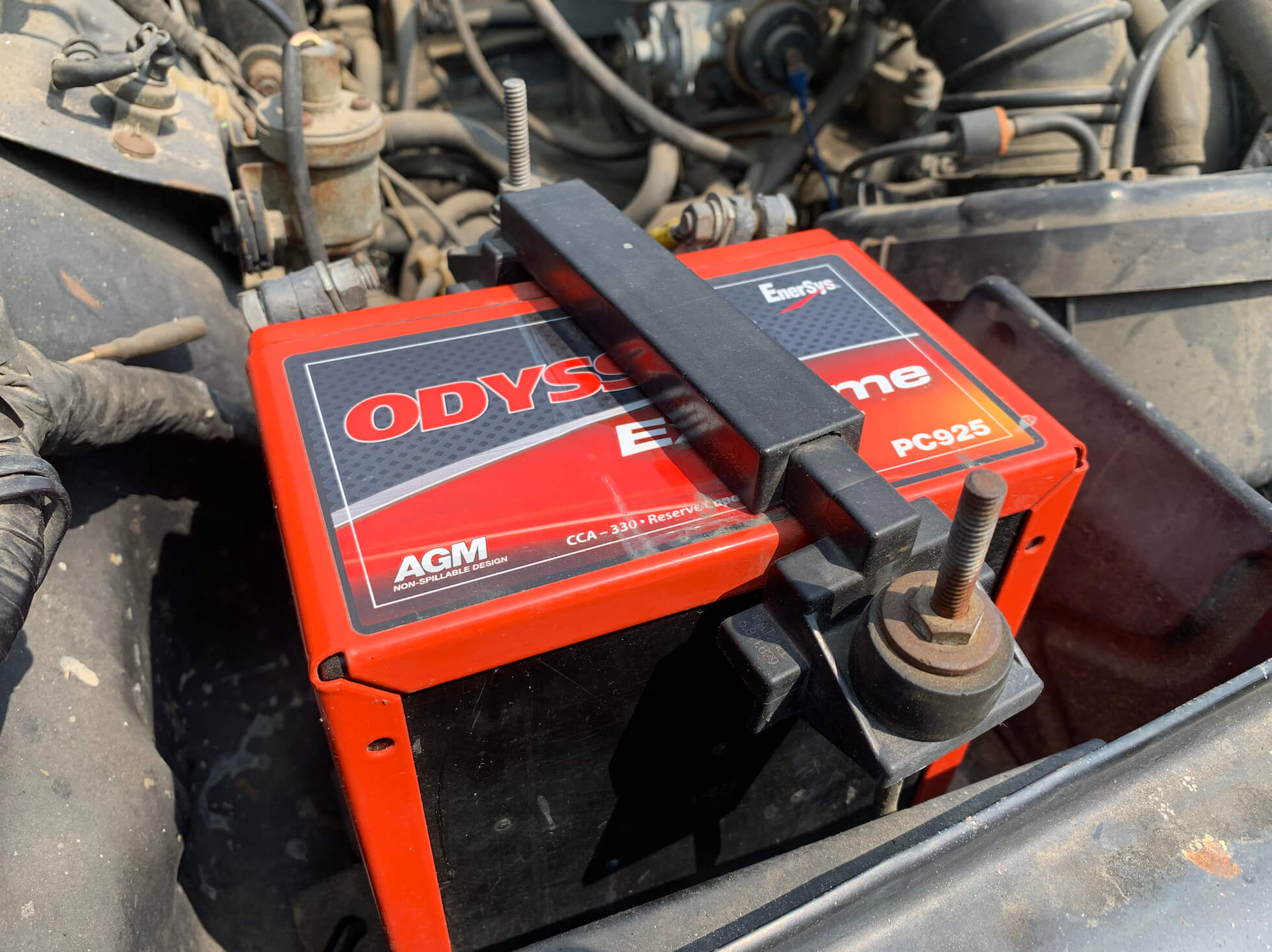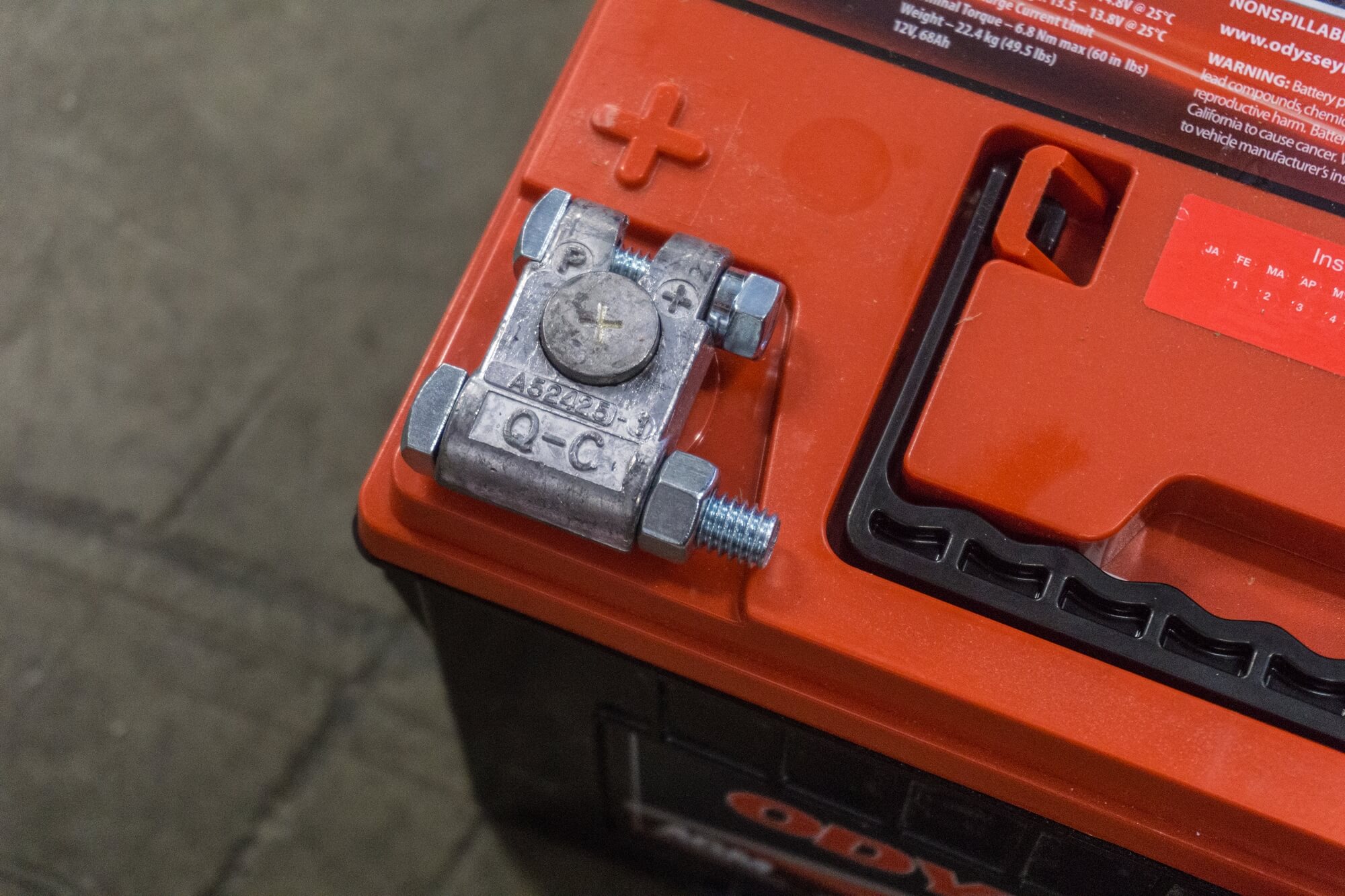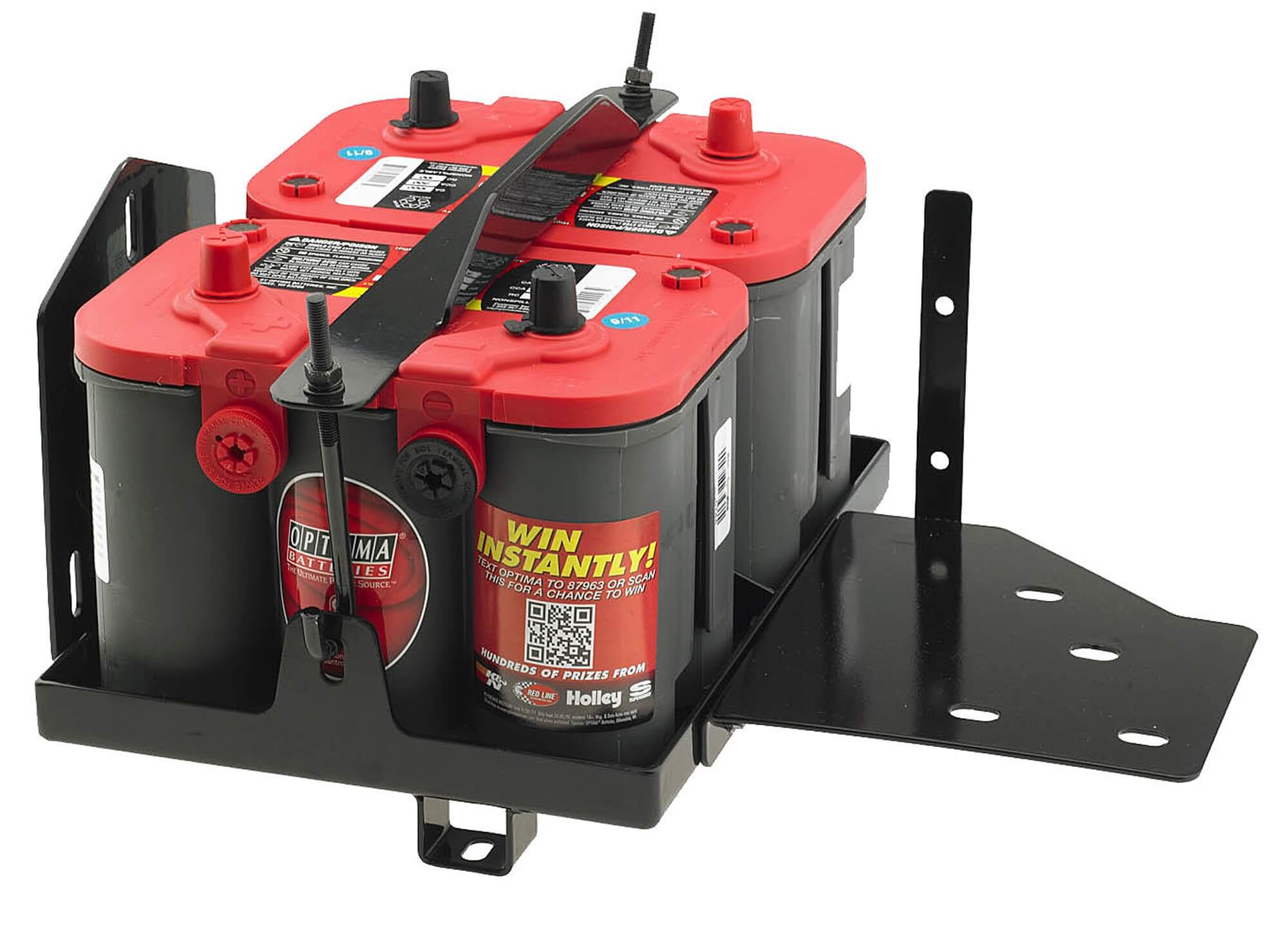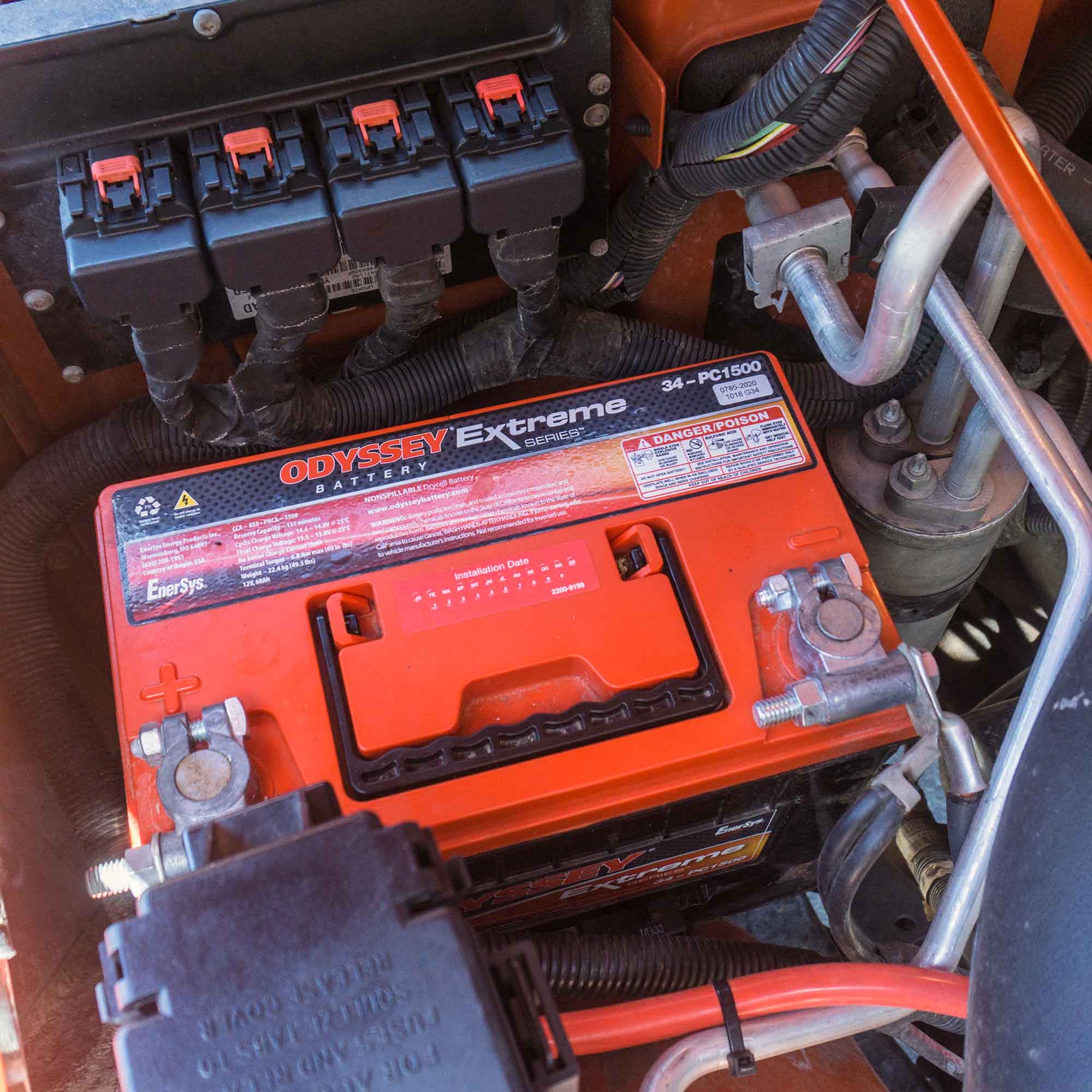
Batteries are often the underappreciated heroes of overlanding. Everyone knows that batteries are important, of course, but sometimes people don’t realize just how important a proper battery management system is until it’s a little bit too late.
Batteries are a crucial part of overlanding because they are responsible – usually solely responsible – for the power supply when you’re out on the road. Any electronics you use when overlanding are ultimately powered by the battery, whether they’re small electronics like your phone, your GPS, and your radio, or larger electronics like a fridge, an air compressor, or an inverter. And on top of that, you’ve still got a vehicle to power up!
When it comes to batteries and overlanding, it’s not just about having the right battery. It’s also about having the right battery management system for your battery-powered overland big rig. It’s easy to build up your vehicle to the point where you’re overtaxing the battery, so management becomes key.
With the right equipment and the right preparation, you can build the optimal battery management system for an overland rig. Here’s all the information you need for your battery management system.

Understanding the Different Types of Batteries
Let’s start with the basics and cover the different types of batteries that can be used for your overland build. Battery technology is constantly improving and evolving, but there are three primary types of batteries that are used for overlanding.
The first is a lead acid battery. Everyone is familiar with lead acid batteries – they’re the batteries that come in a standard car. That means that your vehicle likely came with a lead acid battery before you started your overland build. The pluses of lead acid batteries are that they’re simple and very affordable. The minus is that they’re simply lacking in the juice that the next two options have.
Next up we have the intermediate option, known as the Absorbed Glass Mat (AGM) battery. AGM batteries are a bit more expensive than lead acid batteries, but they’re a fair bit more powerful, too. And yet, despite that increase in power, they can still serve as a starter battery in addition to making a solid house battery for your overland build.
And then we have the cream of the crop: lithium-ion batteries. Lithium-ion batteries are the superior battery for overlanding in pretty much every way, except for one: the price. Lithium-ion batteries have significantly better drawing capacity, while also being smaller and lighter. And just as importantly, lithium-ion batteries have much better longevity, as they often have four or five times as many life cycles as their lead acid and AGM counterparts. This all comes at a cost, though, and lithium-ion batteries are notably more expensive than the other two types.
How to Power an Overland Big Rig
The best way to power an overland big rig is dependent on what sort of setup you have, and what kind of overlanding you do. Let’s again focus on three options.
Let’s start with the simplest option, which is charging your house battery with your alternator. Most people who are on the move every day with their overlanding big rig can opt for a large house battery that is charged by the alternator. If you have a house battery strong enough to power all your electronics, and you’re driving your overlander every day, then the alternator will keep the house battery charged, and you’ll be good to go.
Next up is a dual battery system, which has become very popular among overland enthusiasts. With a dual battery system, you have both a starter battery and a house battery. The former is in charge of you and your vehicle’s basics, such as turning on the overlanding rig, powering the lights, and charging your devices. And the latter handles the accessories, auxiliary loads, and what have you. Usually, a dual battery system needs to have two matching batteries. In other words, you generally want a lead acid starter battery and a lead acid house battery, or an AGM starter battery and an AGM house battery.
Finally, there are solar panels. Not all overland big rigs can utilize solar panels, as it obviously depends on where you are and how much sun you’re receiving. But if you’re in the right place, tapping into solar energy could indefinitely power your house battery, giving you a reliable and sustainable power solution.

Understanding Battery Management Systems
For as important as a good battery is for your overland big rig, good battery management is equally necessary. A battery isolator is a common part of overland battery management systems. Battery isolators do exactly as the name suggests and isolate the house battery so that it only gets charged when the alternator is running. Similarly, a smart dual battery isolator prioritizes the starter battery, so that the house battery will automatically shut off if it’s draining too much of the starter battery.
Battery management systems are very popular, and pull power from the starter battery, and any solar panels that you may have in your system, and use it to charge the house battery. You can monitor the house battery charge with a battery management system, and choose the optimal charge.
These systems are also incredibly user friendly, with a very easy to read display. You can control everything through the display, and see exactly how much power is going where, and how much power you’re using in total. These systems also help you see where you’re losing power, and let you view the charge logs. They give you nearly full customizability.
You won’t get very far in overlanding without putting time and attention into your battery system. No one setup is right for everyone, as it depends on your rig, your budget, your electronics setup, and what type of overlanding you do. But between the different batteries and the battery management systems, you should be able to find the perfect setup for your overland rig, and 4 Wheel Parts is the perfect source for all the parts, batteries, and accessories you need.




2